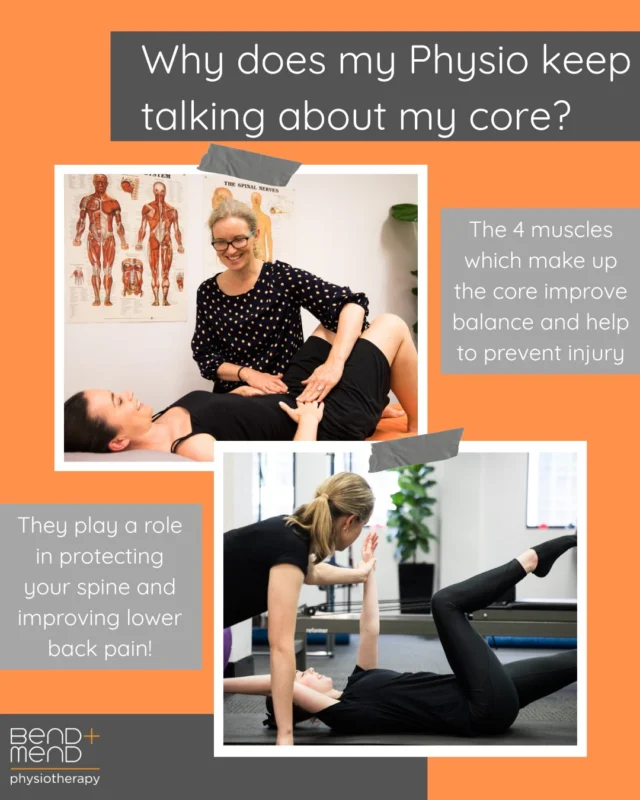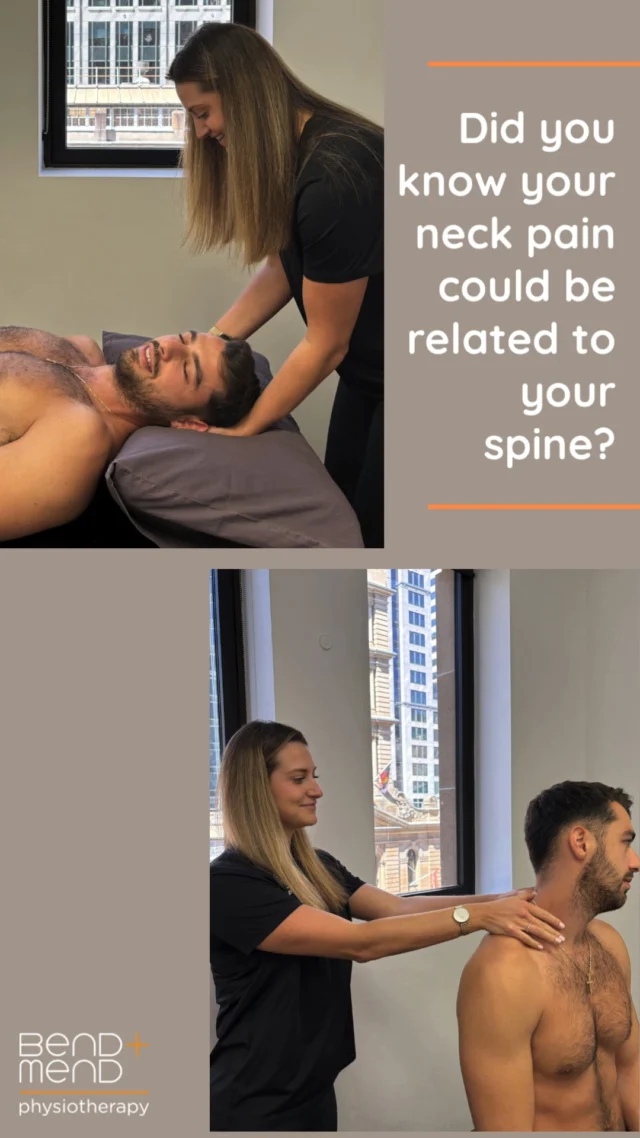Knee pain can be really frustrating and often a time prevents us from being able to achieve the physical goals we have set for ourselves. Patellofemoral Pain Syndrome (PFPS) is among the most common causes of knee pain, affecting almost 1 in every 4 people. Many different treatment modalities have been used to try and improve function and decrease pain with varying degrees. In this blog I’ll briefly revisit the ins and outs of PFPS and update you and a recent exercise-based study and its awesome effects on pain and function.
What is Patellofemoral Pain Syndrome?
Your patellofemoral joint is where you kneecap articulates with your femur and essentially makes it easier for your muscles to bend your knee. It’s an important joint for the body and helps withstand large portions of load. Here are some examples of the amount of force this joint can withstand (1) :
- Walking – 0.90x body weight
- Running – 5.2 x body weight
- Cycling – Up to 7 x body weight
- Jumping – up to 11 x body weight
USUALLY our patellofemoral joint is great at transferring this load, but when we load the joint too fast too quick pathology results. PFPS describes the painful process that occurs to the local tissues when overloaded. This can occur from a few different reasons including
- Weakness in the quads leading to altered kneecap position
- Weakness in hip stabilising muscles leading increased force through the knee joint
- Changes in bony anatomy leading to increased force through joints
If you would like some further reading on your knee pain see our blog here that gives you some more information on knee diagnosis.
So, should I be doing exercise for my knee pain?
In the study, the participants were given a simple home exercise program consisting of 4 exercises to be done with progressively increasing difficulty. They were performed every day over a 6-week period and then the patient’s pain and knee function were re-tested. After this period of strengthening for the hips and knee, their muscle function and overall knee performance improved! Although this was only a small study over a short duration, it shows us that loading the hip and knee does help when it comes to PFPS.
But Ben, what are these magic exercises you speak of?!
WELL, I’m glad you asked. The four exercises are as follows:
- Squat exercise
- Glut bridge
- Banded crab walks
- Seated knee extensions
These four exercises were performed once daily with 3 sets of 10 to 25 repetitions (Based on the patient’s ability level).
As with all elements of rehabilitation, exercise is just one part of a larger picture of improvement. Your recovery must be individualised to you and your specific needs. If you have any questions about anything in this blog or want to get started on your rehab today, be sure to get in touch with the clinic.
References
- Hart HF, Patterson BE, Crossley KM, et al. May the force be with you: understanding how patellofemoral joint reaction force compares across different activities and physical interventions—a systematic review and meta-analysis. British Journal of Sports Medicine Published Online First: 03 February 2022. doi: 10.1136/bjsports-2021-104686
- Greaves H, Comfort P, Liu A, Lee Herrington, Richard Jones (2021) How effective is an
evidence-based exercise intervention in individuals with patellofemoral pain? Phys Ther
Sport, 13, 51, 92-101





